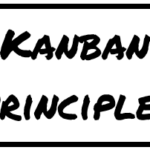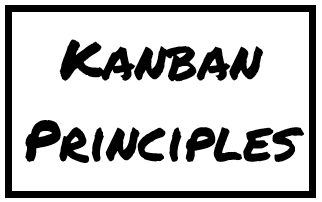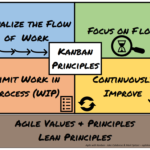 “I don’t understand products vs. projects. What’s the difference?”
“I don’t understand products vs. projects. What’s the difference?”
When I share some of my stories about working with product development teams, some people look at me as if I’m describing the impossible. They seem confused when I tell them about agile teams that didn’t have to provide story point estimates to management or normalize points across teams. What I’m talking about is so far outside of their experience, they can’t conceive of how it could work. One of the most challenging things for me to explain to people who haven’t experienced both is the difference between project- and product-based organizations.






 The team was angry. Every two weeks, they would find themselves five hours into their sprint planning meeting with no end in sight. Every two weeks, it was the same: Their product manager showed up with a pile of requests the team hadn’t seen before – estimated by someone elsewhere in the organization – and wanted to know precisely how many the team could finish in the next iteration. Everyone hated sprint planning. It was stressful, wasteful, and unproductive. Something had to change.
The team was angry. Every two weeks, they would find themselves five hours into their sprint planning meeting with no end in sight. Every two weeks, it was the same: Their product manager showed up with a pile of requests the team hadn’t seen before – estimated by someone elsewhere in the organization – and wanted to know precisely how many the team could finish in the next iteration. Everyone hated sprint planning. It was stressful, wasteful, and unproductive. Something had to change.







